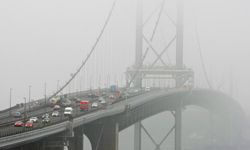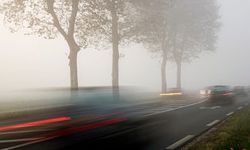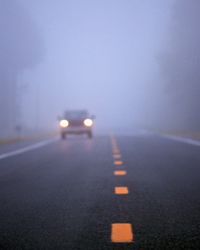Fog is one of those driving hazards you kind of forget about until it sneaks up on you. It's like a weird relative that lives on the opposite side of the country that you completely forget about until a family reunion. But once fog arrives, you have to deal with it. After all, no one gets "fog days" from their boss allowing a stranded employee to stay home from work. So what do you? Well, you use your common sense and tackle that fog head on.
If you're one of those people who likes to talk about how well you can drive based on the area of the country your from, now's the time to start bragging. Things like, "You call this fog?" may be heard coming out of your mouth. But even if you're not accustomed to fog, you probably have a few ideas of how you should drive in it. But are they correct?
Advertisement
Common sense may tell you to do one thing in the fog. The only problem is some of that common sense may be more parts common and less parts sense. So take a look at our 5 completely wrong ways to drive in the fog and test your fog-driving knowledge. Or confirm that you are, indeed, the best fog driver this side of the Mississippi (whichever side you're on).


